We are more familiar now with the sleep disorder that is sleep apnea. It is the most common diagnosed sleep disorder in sleep clinics and affects a great majority of the population wherever you are in the world. We know that we need sleep to function normally throughout the day but there are times when sleeping at night is easier said than done. Some people don’t have any problem drifting off to sleep once they hit the sack but there are also those who dread bedtime either because of sleeping difficulties or a snoring partner.
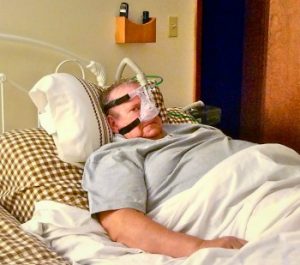 Snoring is the characteristic symptom of sleep apnea. While it is often annoying to sleep beside snorers, it is also a cause of concern as snoring is a serious sign of breathing issues. It has even been discovered that the heart of people who suffer from sleep apnea also temporarily stops beating when they sleep (which can be aided with this: https://snoringmouthpiecereview.org/snorerx). This condition is no laughing matter and requires immediate medical attention or risk not being able to wake up the following day.
Snoring is the characteristic symptom of sleep apnea. While it is often annoying to sleep beside snorers, it is also a cause of concern as snoring is a serious sign of breathing issues. It has even been discovered that the heart of people who suffer from sleep apnea also temporarily stops beating when they sleep (which can be aided with this: https://snoringmouthpiecereview.org/snorerx). This condition is no laughing matter and requires immediate medical attention or risk not being able to wake up the following day.
If you stop breathing while you’re sleeping, you may have sleep apnea. Sleep apnea affects over 18 million adults and can take three forms. The first is called central sleep apnea, which is where the brain fails to notify the muscles to control breathing. This type of sleep apnea is less common and does not cause snoring. The second kind of sleep apnea is obstructive sleep apnea, which occurs when the soft tissue of the throat relaxes during sleep and blocks the airway, resulting in snoring. Finally, the third form is called complex sleep apnea and is a combination of the two previous forms.
(Via: http://www.belmarrahealth.com/stop-breathing-sleeping-affect-body/)
Imagine how scary it is to find out that your life is in this much danger because of snoring. Not only you and your partner lose precious sleep and predispose you to other deadly diseases but the thought of your breathing and heart stopping in your slumber can send shivers down your spine.
He said: “Yes. It is estimated that five per cent of the adult population in the UK it that is 1.5 million.
“Of those, more than 600,000 will have moderate to severe obstructive sleep apnoea which can be a serious threat to health.
“Undiagnosed, it can lead to excessive tiredness, interfering with a person’s ability to carry out complex functions like driving a motorcycle, car, truck or bus, flying a plane, driving a train or tram or operating machinery.”
If you have obstructive sleep apnoea which affects your ability to drive safely or obstructive sleep apnoea syndrome you must notify the DVLA.
You could be fined up to £1,000 if you don’t tell DVLA about a medical condition that affects your driving and you may be prosecuted if you are involved in an accident as a result.
Obstructive sleep apnoea can also lead to high blood pressure, irritability, under performance at work, diabetes, depression, extreme mood swings and other health problems.
(Via: http://www.express.co.uk/life-style/health/743409/sleep-apnoea-definition-symptoms-apnea)
We now know what sleep apnea is:
Sleep apnea is a sleep disorder that causes you to stop and start breathing repeatedly throughout the night. For most people, sleep apnea is caused by “some sort of obstruction in airflow in the back of the throat which blocks air from getting into the lungs as you sleep,” Joseph Ojile, M.D., medical director of the Clayton Sleep Institute, tells SELF. This could be due to large tonsils, congested sinuses, or a variety of other factors. In rare cases, it can be caused by a problem in signaling, so that your brain doesn’t send the message to breathe correctly.
And the health risks involved:
Untreated sleep apnea can, over the years, contribute to chronic disease like type 2 diabetes and heart disease, so getting a proper diagnosis is important for your long-term health. Here are the top symptoms of sleep apnea you need to know.
Here are the common sleep apnea symptoms to watch out for:
-
You’re exhausted all day despite getting plenty of sleep.
-
You wake up with headaches.
-
You wake yourself up gasping or choking.
-
Your bed partner says you snore, choke, gasp—or stop breathing—when you sleep.
-
You have high blood pressure.
-
You experience heart palpitations, “fluttering” in your chest, or your heart is pounding for no apparent reason.
-
You have high blood sugar.
-
You have insomnia.
- Your mood is all over the place.
(Via: http://www.self.com/story/9-signs-you-might-have-sleep-apnea)
While it remains to be a serious health issue, there are different sleep apnea treatments and managements to choose from, so you can sleep soundly once again. It does not always have to be CPAP for all. There are more anti-snoring devices like https://snoringmouthpiecereview.org/zquiet that you can choose from like anti-snoring mouthpieces and mouthguards that are more convenient to use and provide the same benefits as other traditional treatments.
It is not the end of the world if you have sleep apnea. Many people are also diagnosed with it and many have managed to overcome it for good. Technology – although a major distraction in itself – has provided us with effective and affordable snoring solutions that fit most lifestyles. You can sleep soundly at night knowing you can possibly beat sleep apnea and get the sleep your body needs and deserves.

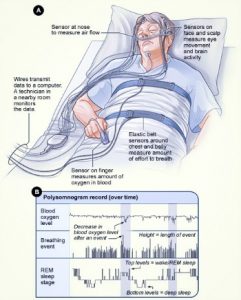 However, it is not your fault that you lack sleep. Sometimes, conditions like sleep apnea can mess with your sleeping and that of your significant other too. While most people ignore sleep apnea, it actually is a serious condition that can require immediate medical attention.
However, it is not your fault that you lack sleep. Sometimes, conditions like sleep apnea can mess with your sleeping and that of your significant other too. While most people ignore sleep apnea, it actually is a serious condition that can require immediate medical attention.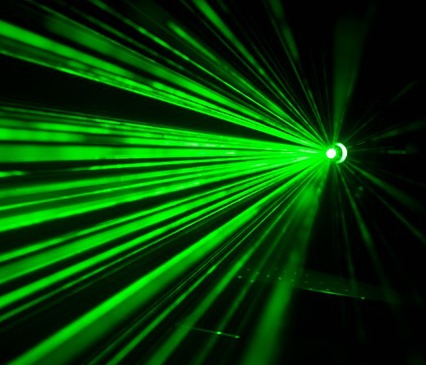 people stop snoring. It sounds a little bit ridiculous, but once you read more about the purpose of the laser and what it does, it’s not that bad:
people stop snoring. It sounds a little bit ridiculous, but once you read more about the purpose of the laser and what it does, it’s not that bad: yourself looking towards sleep aids in a pill form. Whatever your method,
yourself looking towards sleep aids in a pill form. Whatever your method, 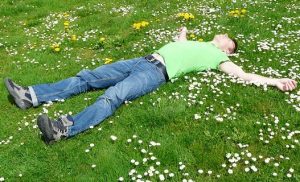 you were younger. Our bodies aren’t growing any more so there is no need to snooze for extended periods of time. It’s hard to get in that mindframe, however, that the 6 hours you’ve been getting are actually enough when you’re mentally exhausted. It’s important to realize, however,that too much sleep isn’t good for you:
you were younger. Our bodies aren’t growing any more so there is no need to snooze for extended periods of time. It’s hard to get in that mindframe, however, that the 6 hours you’ve been getting are actually enough when you’re mentally exhausted. It’s important to realize, however,that too much sleep isn’t good for you: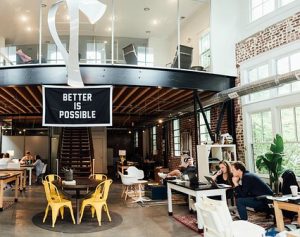 or how we feel after we’ve punched out for the day? The answer to that is a bit astounding:
or how we feel after we’ve punched out for the day? The answer to that is a bit astounding: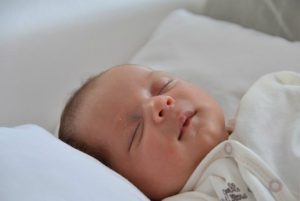 sleeps in their own room can be unnerving for parents. Many parents have been opting for video monitors these days because they can actually see their kid on the screen and know exactly what they’re doing
sleeps in their own room can be unnerving for parents. Many parents have been opting for video monitors these days because they can actually see their kid on the screen and know exactly what they’re doing 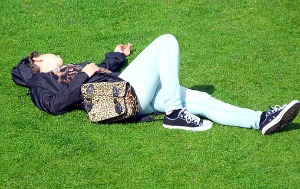 well-meaning adults are concerned with video game usage or texting on smartphones late at night, the fact remains that they believe that this overuse of technology must be having a negative impact on the young mind.
well-meaning adults are concerned with video game usage or texting on smartphones late at night, the fact remains that they believe that this overuse of technology must be having a negative impact on the young mind. morning, sore if they’ve been prodded by someone trying to shut them up, and just generally lousy. Snoring can lead to further health complications like sleep apnea and require the use of uncomfortable devices in order to keep breathing in the night. As scary as it sounds, it has probably been one of the most ignored problems in the past few decades. People just accepted that snoring was something we did and many believed they couldn’t do anything to change it.
morning, sore if they’ve been prodded by someone trying to shut them up, and just generally lousy. Snoring can lead to further health complications like sleep apnea and require the use of uncomfortable devices in order to keep breathing in the night. As scary as it sounds, it has probably been one of the most ignored problems in the past few decades. People just accepted that snoring was something we did and many believed they couldn’t do anything to change it. more airflow or you might require
more airflow or you might require